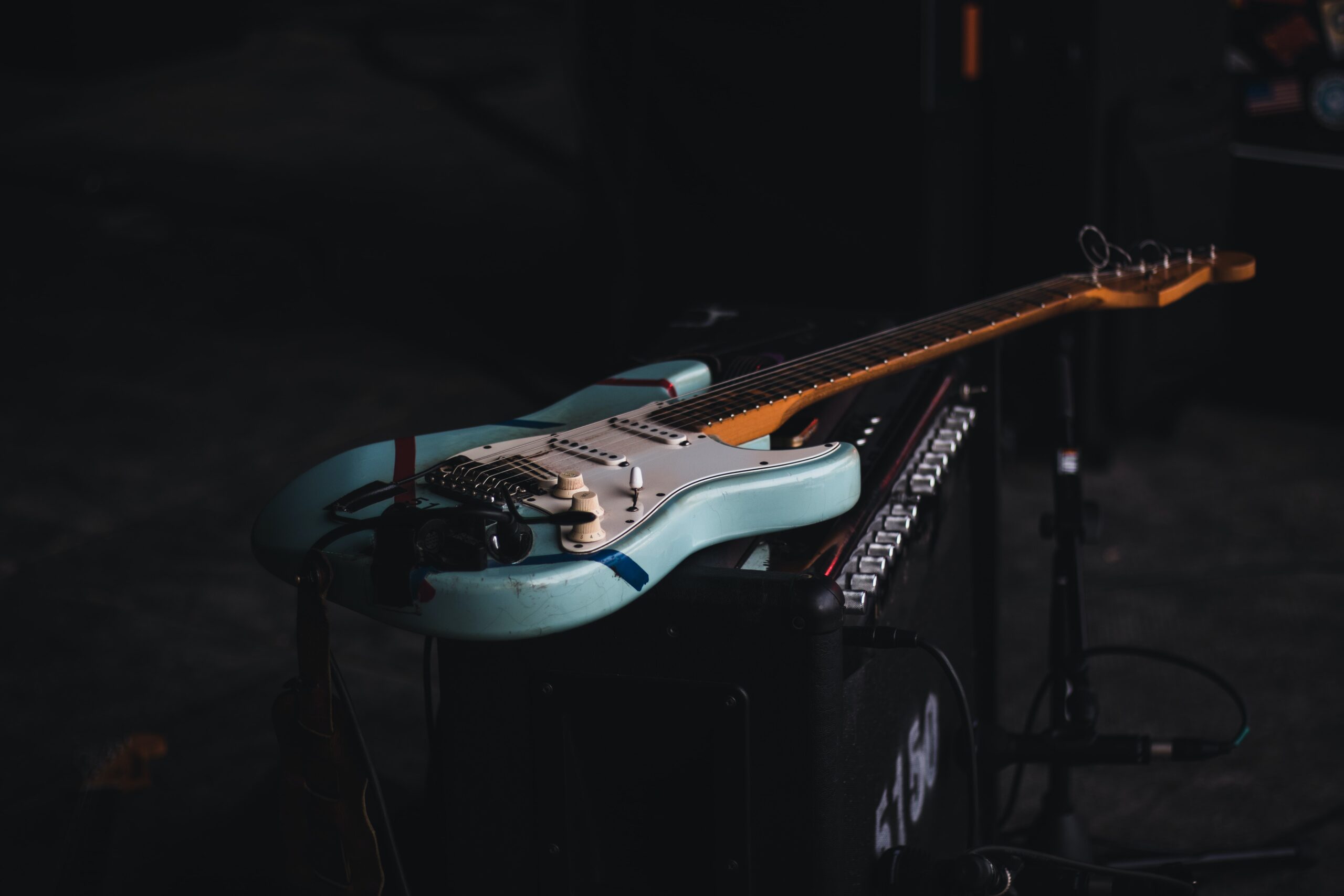The shape and design of electric guitars developed and evolved in the last hundred years and today you can choose which you would fit your preferred style of music, fashion or guitar icon. With all these different shapes and styles one can get a bit confusing. Whether you are planning on buying or building your next guitar we’ll try and sort things out to get a clear view of what these guitars are all about.
What are the guitar body shapes? There are several different body styles for electric guitars, each with its own unique characteristics and tonal qualities. Common body styles for electric guitars include the following:
- Solid body: A solid body electric guitar has a solid piece of wood as its body, without any hollow spaces or chambers. This type of guitar produces a very clean, clear, and articulate sound, with good sustain and a strong attack. Solid body guitars are often used for rock, metal, and other styles of music that require a lot of distortion and gain.
- Hollow body: A hollow body electric guitar has a hollow chamber in its body, which can give the instrument a warmer, more resonant sound. This type of guitar is often used for jazz and other styles of music that require a more mellow, nuanced tone.
- Semi-hollow body: A semi-hollow body electric guitar is a hybrid of the solid and hollow body styles. It has a solid center block running down the middle of its body, with hollow chambers on either side. This gives the guitar some of the warmth and resonance of a hollow body, but with the added sustain and attack of a solid body.
- Double-cutaway: A double-cutaway electric guitar has two cuts or “horns” on either side of its body, near the neck and at the base of the body. This design allows for easier access to the higher frets on the neck, making it a popular choice for players who need to play a lot of lead guitar parts.
- Single-cutaway: A single-cutaway electric guitar has a single cut or “horn” on one side of its body, near the neck. This design is similar to the double-cutaway, but it has a more compact and streamlined body shape.
- Other: There are many other body styles for electric guitars, including offset, V-shaped, and asymmetrical designs. These styles are often more unique and may be associated with specific genres of music or particular guitar makers.
In this post In this article we cover them all and give you well rounded knowledge if looking for something that suits you…
The shape of an electric guitar can affect its sound to some extent, but it is not the most important factor. The materials used in the construction of the guitar, the pickups, the amplifier, and the way the guitar is played are all more important factors when it comes to the sound of an electric guitar.
All the Guitar shapes (discussed below…)
1. Solid body
Some examples of solid body guitars include the Fender Stratocaster, the Gibson Les Paul, the Ibanez RG series, and the PRS S2 series. These guitars are known for their clear, punchy sounds and are often used in rock, metal, and other styles of music that require a lot of gain and distortion.

2. Hollow body guitar
Some examples of hollow body guitars include the Gibson ES-335, the Gretsch G5420T Electromatic, the Epiphone Casino, and the Ibanez Artcore series. These guitars are known for their warm, resonant tones and are often used in jazz, blues, and other styles of music that require a more mellow and nuanced sound.
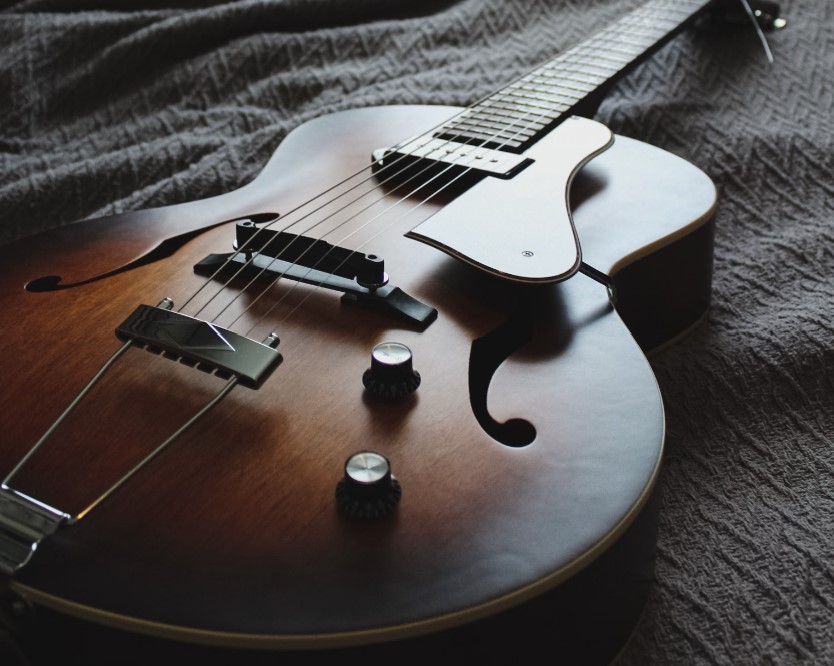
3. Semi-hollow body guitar
An example of a semi-hollow body guitar is the Gibson ES-335. This guitar has a solid center block running down the middle of its body, with hollow chambers on either side. This design gives the guitar some of the warmth and resonance of a hollow body, but with the added sustain and attack of a solid body. The ES-335 is often used in jazz, blues, and rock music, and has been played by many famous musicians throughout its history.

4. Double cut-away guitar
An example of a double-cutaway guitar is the Fender Stratocaster. The Stratocaster has two cuts or “horns” on either side of its body, near the neck and at the base of the body. This design allows for easier access to the higher frets on the neck, making it a popular choice for players who need to play a lot of lead guitar parts. The Stratocaster has a bright, snappy sound and is used in a wide range of musical styles, from blues and jazz to rock and metal.

5. Single cutaway
An example of a single-cutaway guitar is the Gibson Les Paul. The Les Paul has a single cut or “horn” on one side of its body, near the neck. This design is similar to the double-cutaway, but it has a more compact and streamlined body shape. The Les Paul has a rich, full sound and is often used in rock, blues, and other styles of music that require a beefy, powerful tone.

6. Flying V guitar
An example of a flying V guitar is the Gibson Flying V. The Flying V is a unique and distinctive guitar shape that was first introduced by Gibson in the late 1950s. It has a pointed “V” shape, with the neck and body forming a sharp angle. The Flying V has a bold, aggressive look and is often associated with heavy metal and hard rock music. Many famous guitarists have played a Flying V, including Jimi Hendrix, Kirk Hammett, and Dave Mustaine.
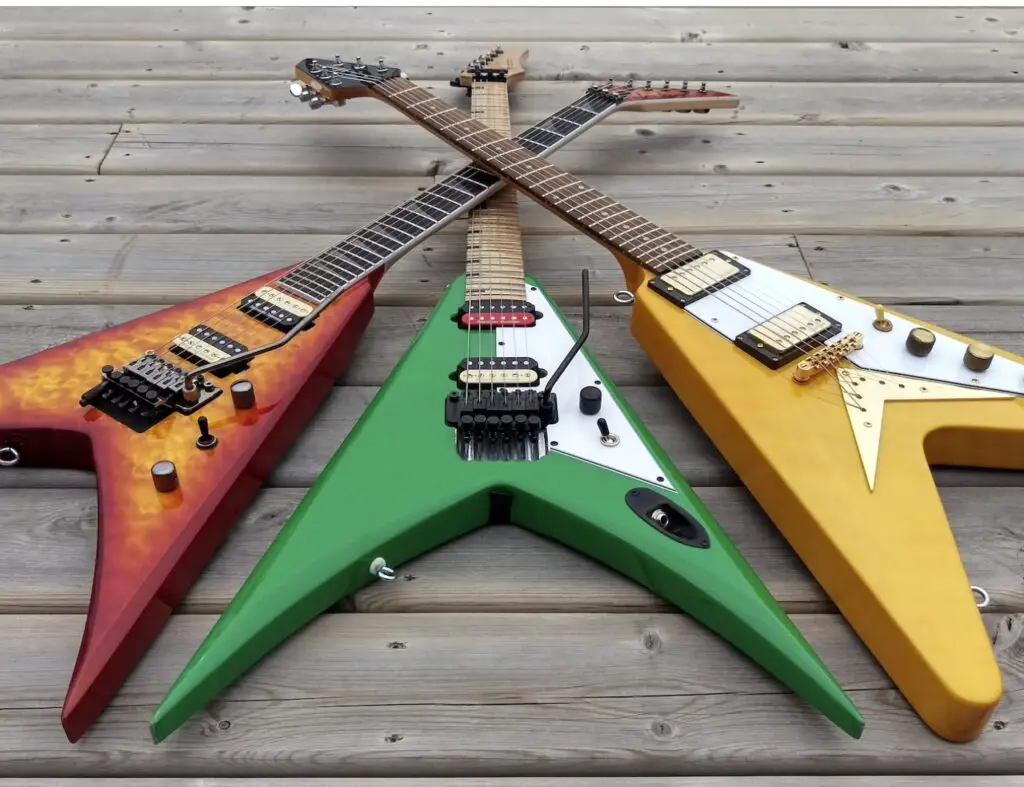
7. Gibson Explorer
An example of a Gibson Explorer guitar is the Gibson Explorer 2016 T. The Explorer is a unique and distinctive guitar shape that was first introduced by Gibson in the 1950s. It has a pointed, asymmetrical body shape with sharp edges and a sharp cutaway near the neck. The Explorer has a bold, aggressive look and is often associated with hard rock and metal music. Many famous guitarists have played an Explorer, including Ace Frehley, James Hetfield, and Dave Grohl.
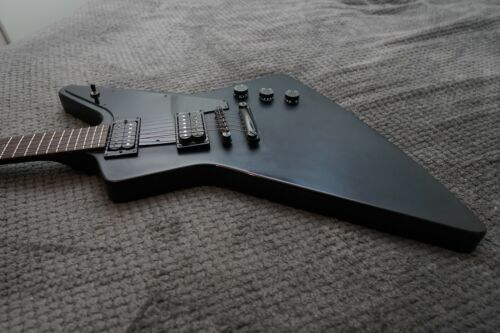
8. The “Super Strat”
An example of a super strat guitar shape is the Ibanez RG series. The super strat shape is a variation on the classic Fender Stratocaster design, with a slightly larger and more rounded body and a wider, flatter neck. The super strat shape is designed for high-speed playing and easy access to the upper frets, and is often used in rock, metal, and other fast-paced styles of music. The RG series is a popular choice among guitarists who want the versatility and playability of a Stratocaster, with a more modern and aggressive look.
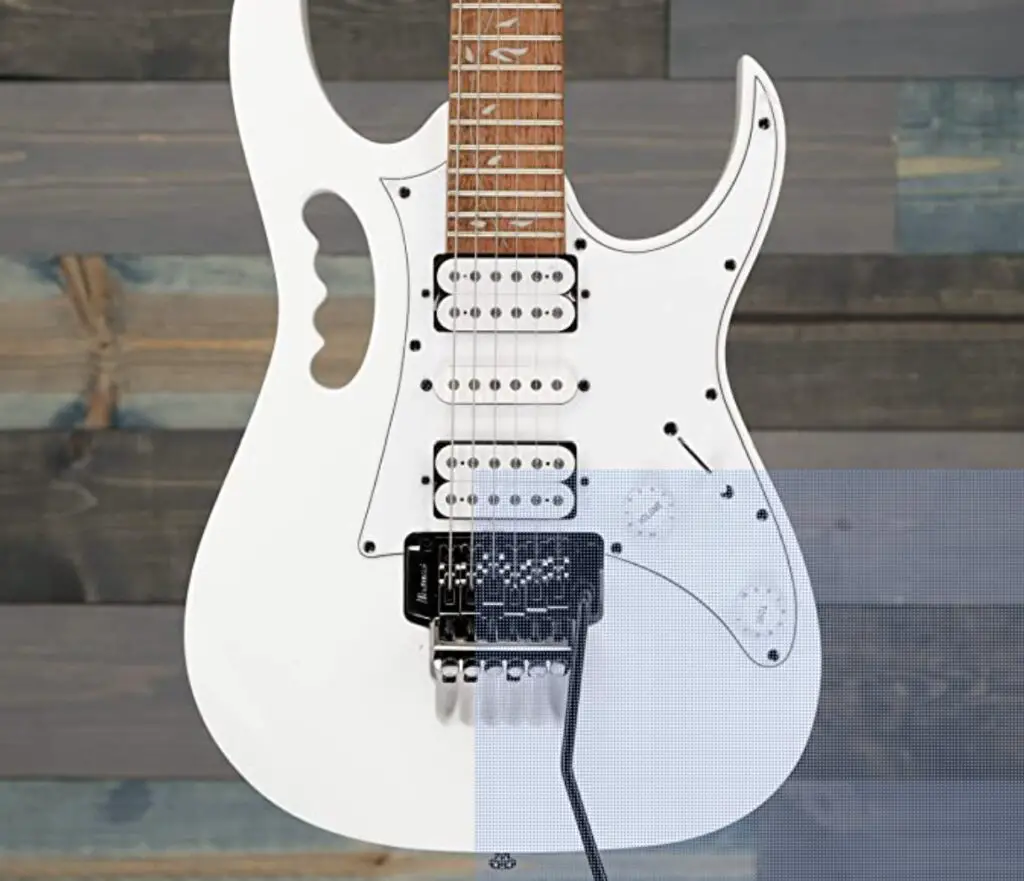
9. Rickenbacker guitar
An example of a Rickenbacker guitar shape is the Rickenbacker 4003. The Rickenbacker is a unique and distinctive guitar shape that is often associated with the “jangle pop” sound of the 1960s. It has a rounded, symmetrical body shape with a wide waist and a long, thin neck. The Rickenbacker is known for its bright, chiming sound and is often used in indie, pop, and other styles of music that require a clean, clear, and articulate tone. The 4003 is a popular model among Rickenbacker fans and has been played by many famous musicians, including Paul McCartney and Pete Townshend.
Conclusion
There are many different types of guitar shapes and body styles, each with its own unique characteristics and tonal qualities. Some common guitar body styles include the classical guitar, which has a small, rounded body and a long neck; the dreadnought, which is a larger, more rounded body with a broad waist and a big sound; the jumbo, which is even larger than the dreadnought and has a deep, rich tone; and the electric guitar, which has a solid body and is designed to be plugged into an amplifier.

